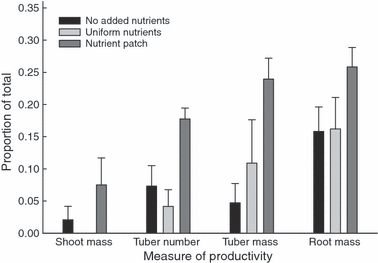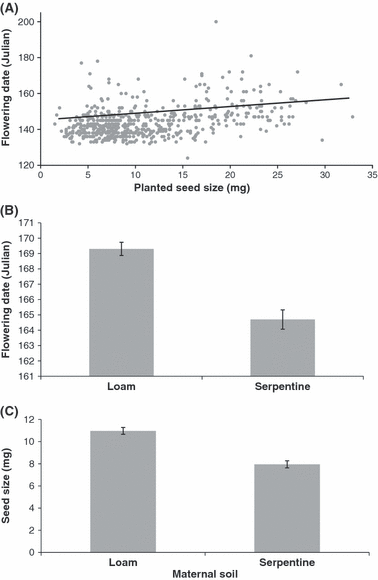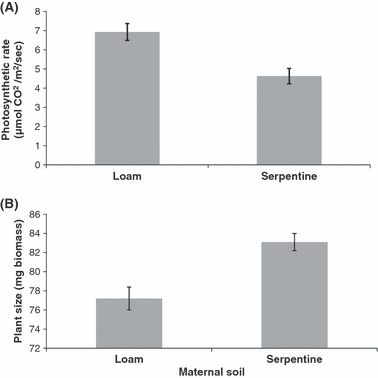The role of adaptive trans-generational plasticity in biological invasions of plants
- PMID: 25567918
- PMCID: PMC3352481
- DOI: 10.1111/j.1752-4571.2010.00118.x
The role of adaptive trans-generational plasticity in biological invasions of plants
Abstract
High-impact biological invasions often involve establishment and spread in disturbed, high-resource patches followed by establishment and spread in biotically or abiotically stressful areas. Evolutionary change may be required for the second phase of invasion (establishment and spread in stressful areas) to occur. When species have low genetic diversity and short selection history, within-generation phenotypic plasticity is often cited as the mechanism through which spread across multiple habitat types can occur. We show that trans-generational plasticity (TGP) can result in pre-adapted progeny that exhibit traits associated with increased fitness both in high-resource patches and in stressful conditions. In the invasive sedge, Cyperus esculentus, maternal plants growing in nutrient-poor patches can place disproportional number of propagules into nutrient-rich patches. Using the invasive annual grass, Aegilops triuncialis, we show that maternal response to soil conditions can confer greater stress tolerance in seedlings in the form of greater photosynthetic efficiency. We also show TGP for a phenological shift in a low resource environment that results in greater stress tolerance in progeny. These lines of evidence suggest that the maternal environment can have profound effects on offspring success and that TGP may play a significant role in some plant invasions.
Keywords: annual plants; competitive ability; environmental stress; inclusive fitness; maternal environmental effects; phenotypic plasticity; propagule dispersal; resource patch; seed size; spatial heterogeneity.
Figures



References
-
- Agrawal AA, Laforsch C, Tollrian R. Transgenerational induction of defenses in animals and plants. Nature. 1999;401:60–63.
-
- Alpert P. Effect of clonal integration on plant plasticity in Fragaria chiloensis. Plant Ecology. 1994;141:99–106.
-
- Alpert P, Simms EL. Relative advantages of plasticity and fixity in different environments: when is it good for a plant to adjust? Evolutionary Ecology. 2002;16:285–297.
-
- Antonovics J. The nature of limits to natural selection. Annals of the Missouri Botanical Garden. 1976;63:224–247.
-
- Aragon CF, Escudero A, Valladares F. Stress-induced dynamic adjustments of reproduction differentially affect fitness components of a semi-arid plant. Journal of Ecology. 2008;96:222–229.
LinkOut - more resources
Full Text Sources

